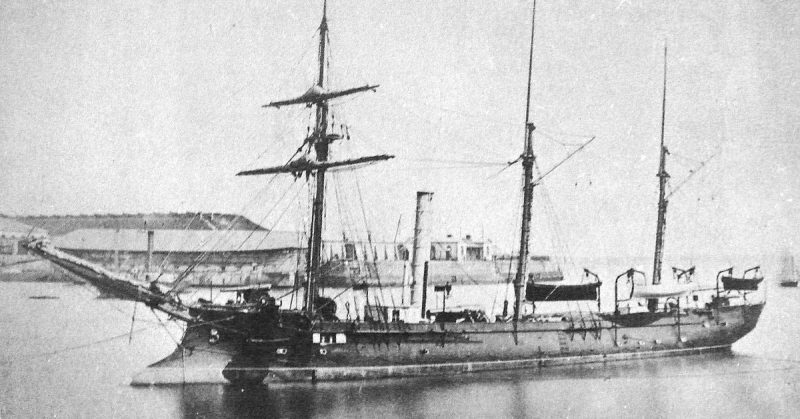In the late 1800s, France, Britain, and Russia were all pushing to exert control in Asia. Britain was well established in India and France had control over parts of Vietnam and Cambodia. The Russians, of course, were in Siberia.
The French saw an opportunity to cut Britain off by spreading their control into Laos which was controlled by the Siamese. They could then split the rest of the continent with Russia.
After a fatal attack on French citizens that was allegedly supported by the government of Siam, French Rear Admiral Edgar Humann requested permission to sail two small French warships, the Inconstant and the Comete, up the river Chao Phraya which led to Bangkok.
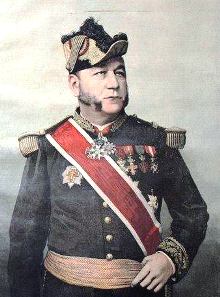
The Siamese refused but, and in spite of orders from the French government to not proceed, Humann entered the river anyway on July 13, 1893. The timing of the provocation was likely intentional so that the ships would arrive at Bangkok on July 14th – Bastille Day.
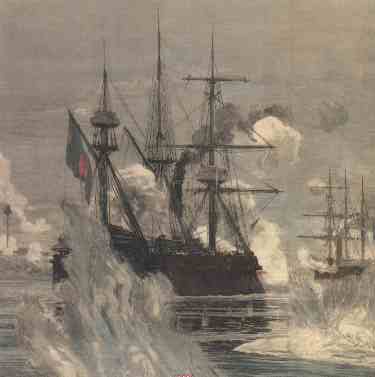
The Siamese fort on the river opened fire on the French ships. It should have been no match. The guns in the fort were far more powerful than anything the French had on their ships and the French boats were a much more fragile target than the imposing Siamese fort.
But the French ships rammed through the Siamese warships that had sailed to meet them, sinking one Siamese ship and damaging another. The two French ships then continued up the river and pointed their guns at the royal palace in Bangkok. The Siamese lost over twenty men in the fighting while the French lost just three with two wounded.
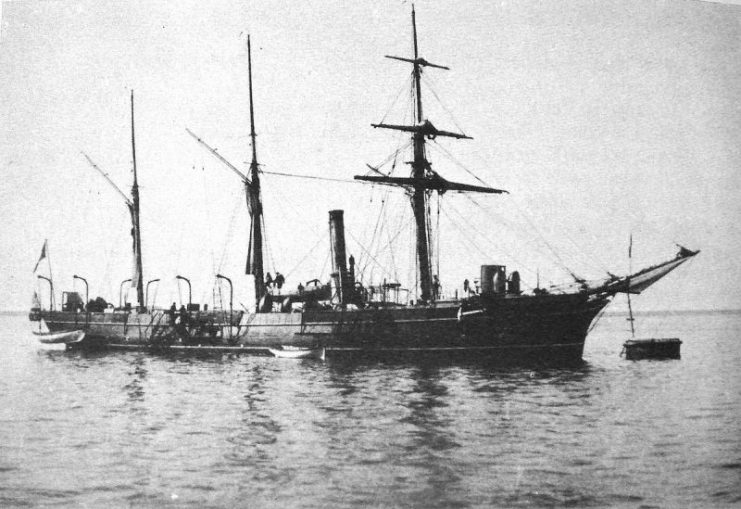
The French blockade worked and the Siamese came to the bargaining table with the French, accepting a treaty that was highly favorable to the French. In the treaty, control of Laos was ceded to the French, and the Siamese agreed to build no forts within 15 miles of the west banks on the Mekong and Nam On rivers.
The French, however, gained the right to build their own stations on those rivers along with travel privileges in Siam and the right to build new consulates in Siam. In addition, the Siamese agreed to pay heavy indemnities for prior acts of aggression against France.
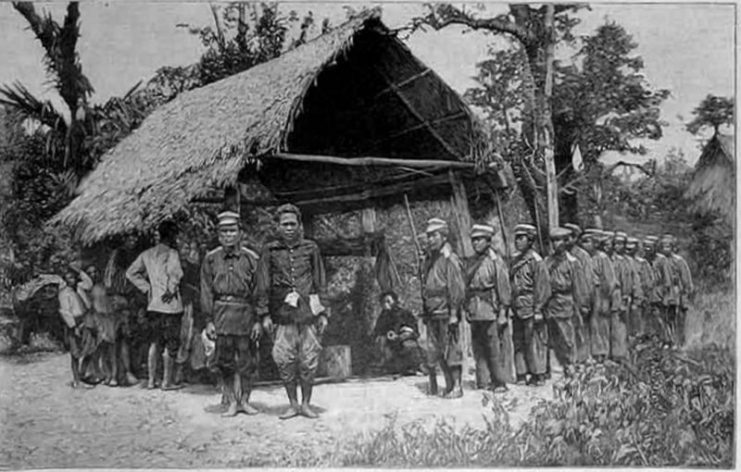
The conflict between the two countries nearly escalated into an international incident. England had mobilized to protect her own interests in the area during the blockade. Afterwards, France and England met for negotiations which led to an internationally recognized border between Laos and the British territory of Upper Burma.
The Germans also had sent their Navy into the area to guard their interests and China was preparing to aid their ally Siam if the French pushed their aggression further.
Ultimately, it was the diplomatic efforts of Siam’s allies in China and Britain that kept the French from exacting an even higher toll. Due to the efforts of the larger countries on its behalf, Siam was able to retain its sovereignty and independence.
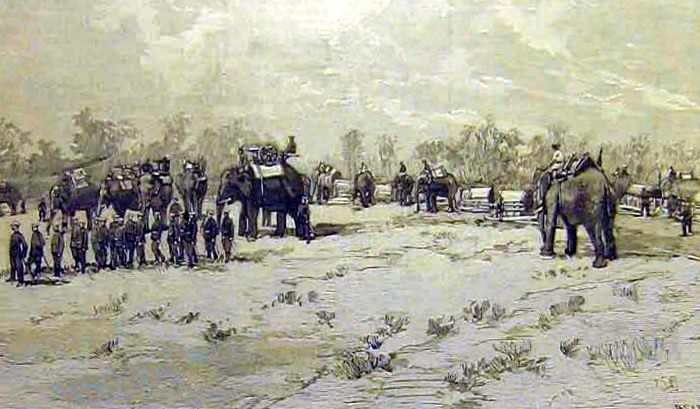
After the French-British negotiations brought stability to the area, Siam was able to enact internal reforms. These reforms stabilized the country to such an extent that foreign countries began investing in Siam. With newfound confidence, Siam was able to return to the negotiating table with France and win the return of much of the region that had earlier been granted to the French.
Though France eventually pressured Siam to return that region back to France’s control, Siam was able to remain independent. It became a valuable buffer state between the French and English in the region.
